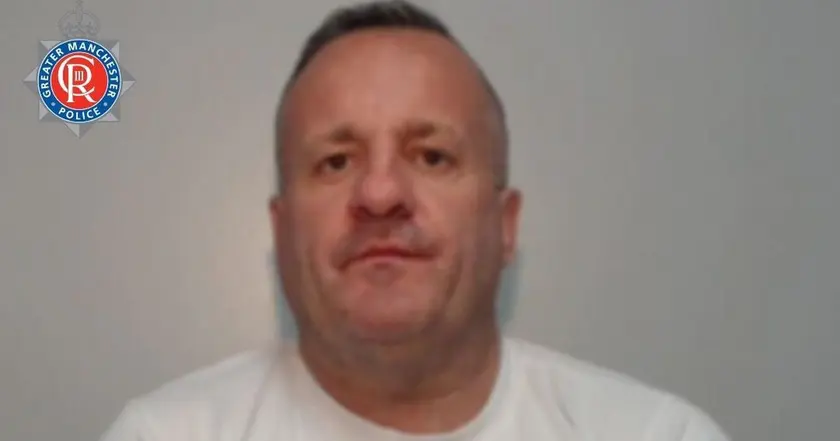T4K3.news
Cross Border Trafficking Case Exposes Protection Gaps
A 12-year-old Bangladeshi girl was rescued in India after months of trafficking and abuse; authorities vow broader action.
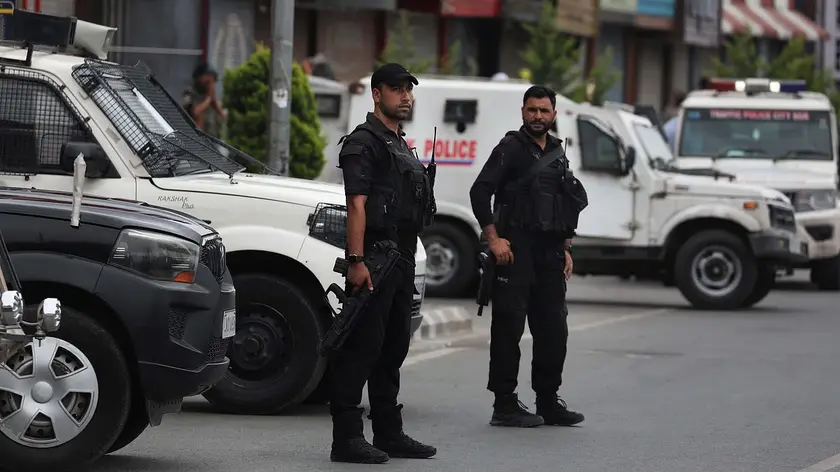
A Bangladeshi girl, 12, was trafficked to India and abused for three months before a coordinated rescue by police and NGOs.
Cross Border Trafficking Case Exposes Child Protection Gaps
A 12-year-old girl from Bangladesh was rescued from a sex trafficking ring in India after she was raped by more than 200 men over three months. Police say she ran away after failing an exam and feared her parents’ anger, then boarded a smuggler’s route to India with help from a woman she knew who sold her into the trade. She was first taken to Nadiad in Gujarat, where she was repeatedly abused. Ten people have been arrested in connection with the case.
The operation was a joint effort by the Anti-Human Trafficking Unit of the Mira-Bhayandar Vasai-Virar police and NGOs Exodus Road India Foundation and Harmony Foundation. Activists say the rescue is just the first step and call for broader action to protect other vulnerable children. Police say they are using all resources to uncover the entire network and to shield more children from predators. Public concerns about such crimes have grown as authorities warn that reporting gaps and a weak justice system allow cycles of abuse to continue.
Key Takeaways
"This girl has not even reached her teenage years, but her childhood has been stolen by such monsters in the flesh trade"
Statement by Harmony Foundation founder-chairman
"Behind every such rescue is a child who wasn't heard; a child failed first by those meant to protect her, and then by a society that only reacts when it's too late"
Statement by Harmony Foundation founder-chairman
"They are handled by one or two elderly women who also push them into prostitution"
Observation by activist Madhu Shankar
"Officers are using all resources to uncover the entire network and protect other vulnerable children"
Comment by Police Commissioner Niket Kaushik
This case underscores deep and persistent vulnerabilities that cross borders. Child trafficking networks rely on family pressures, poverty, and weak protection systems, making young people easy targets. The scale described—hundreds of perpetrators over a short period—highlights gaps in prevention, border controls, and survivor support. Even when rescues occur, conviction rates for child rape remain alarmingly low, and many cases go unreported because victims fear stigma or retaliation. The involvement of NGOs points to a crucial but unfinished role for civil society in safeguarding children, while authorities face the challenge of sustaining multi-agency coordination and providing trauma-informed care to survivors. Stronger prevention, faster investigations, and survivor-centered justice are essential to close the gap between rescue and real protection.
Highlights
- This girl has not even reached her teenage years
- Behind every such rescue is a child who wasn't heard
- They are handled by one or two elderly women who push them into prostitution
- Officers are using all resources to uncover the entire network
Child protection and cross-border trafficking pose ongoing risk
The case highlights serious vulnerabilities and systemic gaps in child protection across borders. Low conviction rates and reporting barriers amplify the risk to other children and invite public backlash if reforms lag.
Protection for children must be faster and more comprehensive, not just reactive
Enjoyed this? Let your friends know!
Related News

Rescue Highlights Child Trafficking Crisis
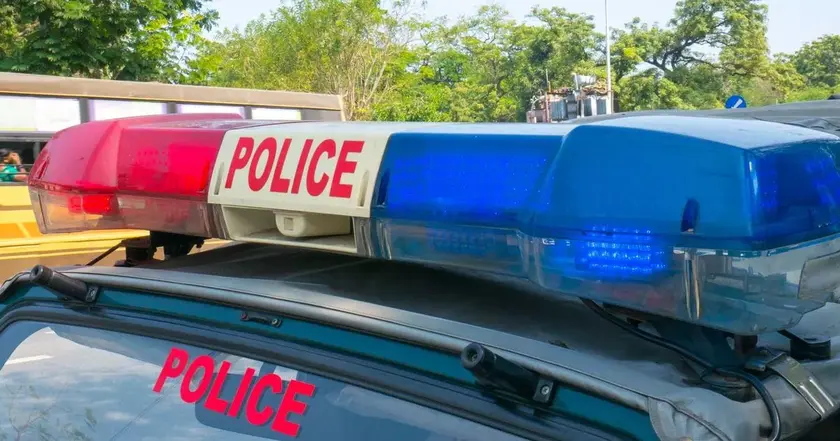
Trafficking Ring Exposed After 12-Year-Old Rescue in India
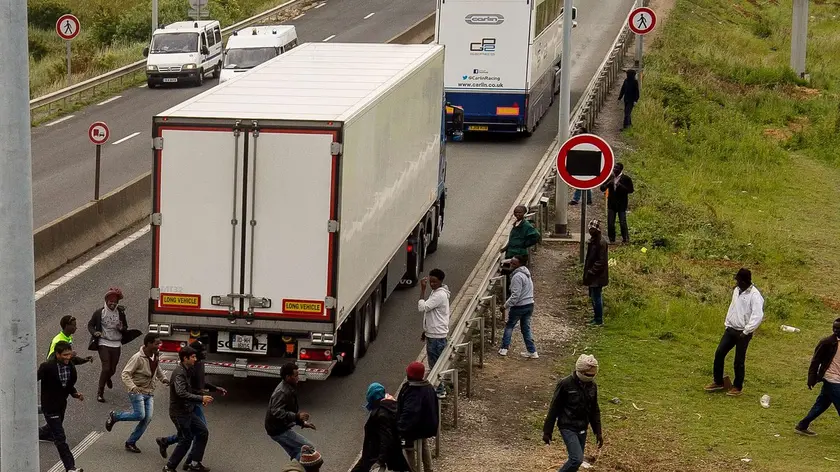
Migration linked cargo contamination triggers food safety alarm
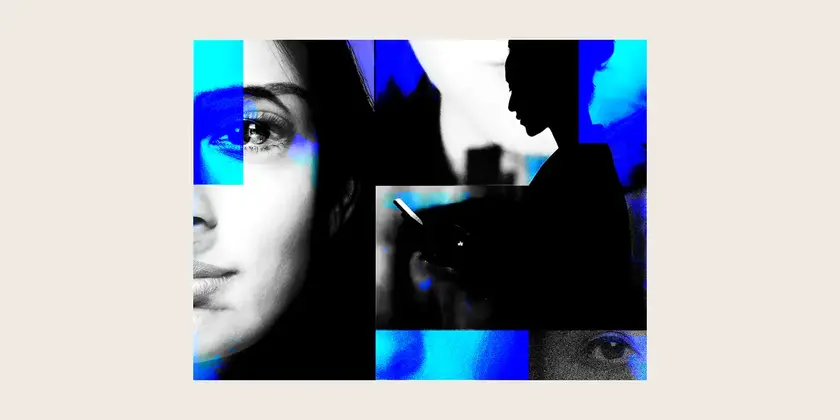
Instagram deception fuels global pigbutchering crypto scam
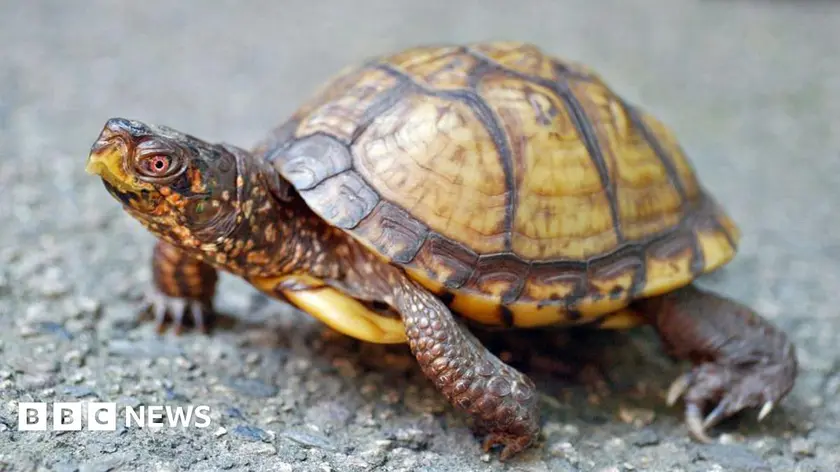
Wildlife case prompts crackdown on trafficking

Ceuta migrant crisis tests regional response
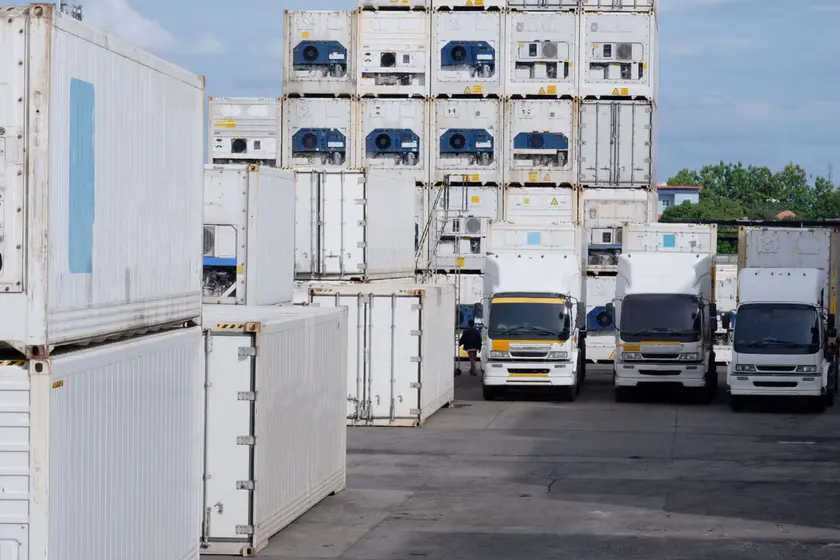
Migrant stowaways in refrigerated trailers threaten UK food safety
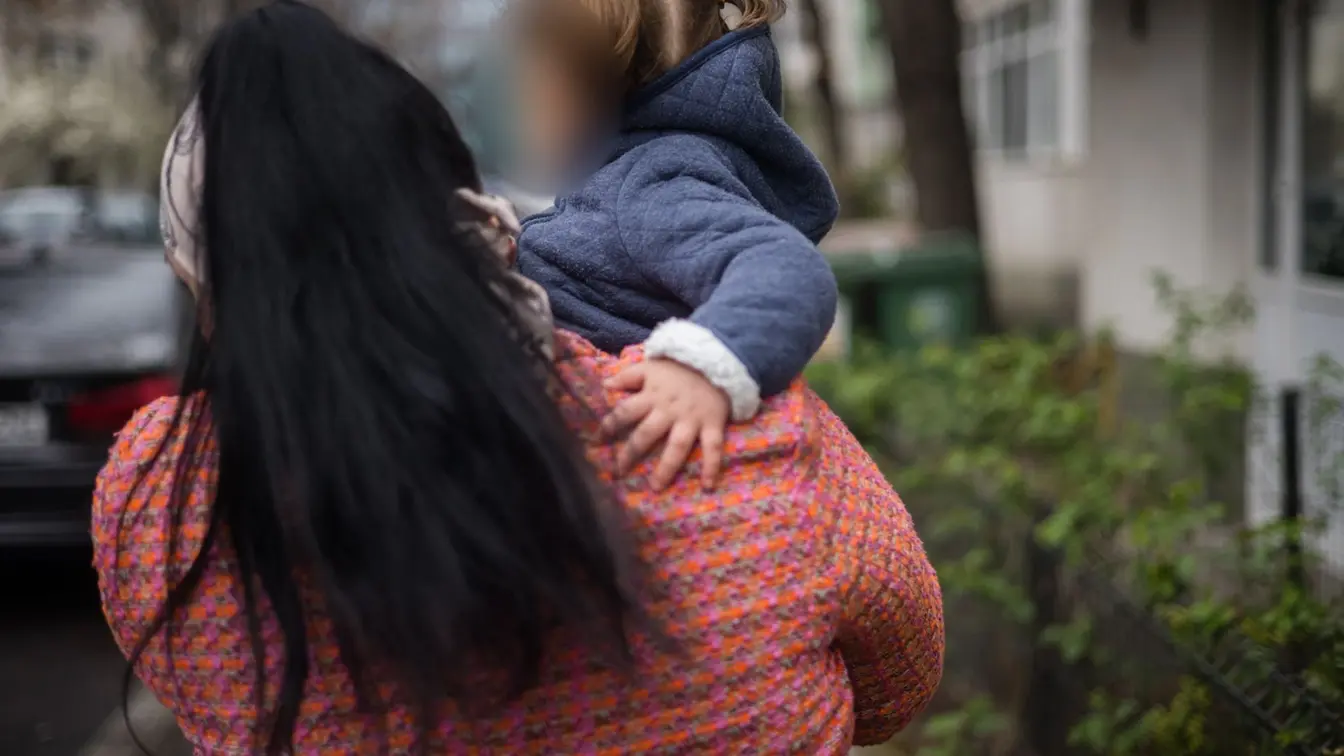
Trafficking rings target young victims in Britain
